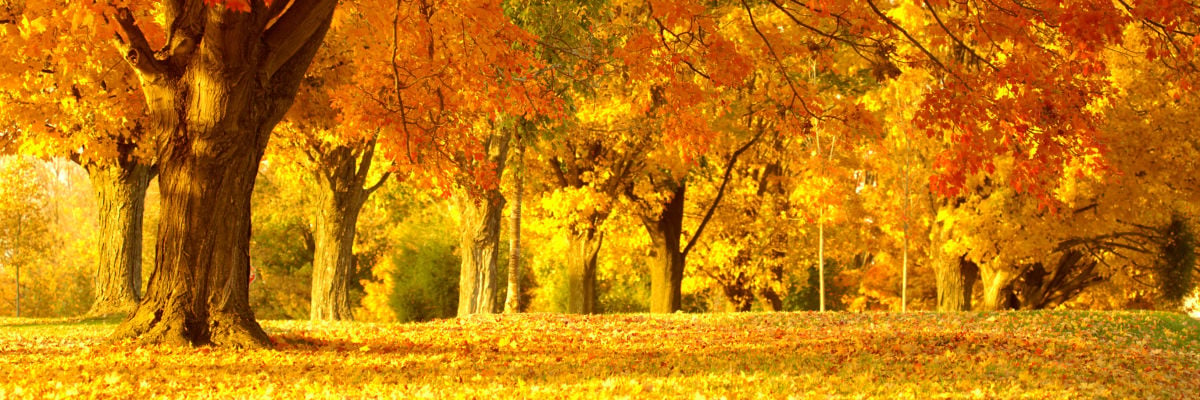
If you pick up an old Catholic prayer book, you’ll probably see the term “Ember Days.” It’s probably an unfamiliar term for Catholics in the United States today, and for good reason: they were universally kept by the Church before Vatican II, but the 1969 Roman Calendar reform left their observation to the pastoral judgment of national bishops’ conferences, and the U.S. bishops allowed them to become dormant.
The “Ember Days” are three days of fasting and abstinence observed four times a year—i.e., on a Wednesday, Friday, and Saturday in each of the four seasons. They occurred on those weekdays after Ash Wednesday, Pentecost, the Exaltation of the Cross (September 14), and St. Lucy’s Day (December 13). The next Ember Days are September 18, 20, and 21 and December 18, 20, and 21. They are intended to focus our attention on the good things of God’s creation. They are also times to pray for vocations because, traditionally, they were days of ordination.
Celebrate the “good things of God’s creation” by fasting? Well, yes: Sometimes, we don’t appreciate what we take for granted. Voluntarily depriving ourselves of otherwise legitimate things teaches us to open our eyes and value those good things. Fasting in Catholic tradition means only one full meal in the course of a day (though one may eat additionally, provided it does not add up to another meal). Abstinence means forgoing meat.
Let’s consider the modern American condition. Although there are no doubt poor Catholics, the average Catholic in the United States probably does not lack food to eat. Indeed, he probably could benefit from cutting some calories. And, given our incidence of cardiac disease, cutting back on some meat wouldn’t be bad, either. Many Catholics struggle with weight: the quarterly recurrence of Ember Day fasting may reconnect us to tend to the “good thing of God’s creation” that is our physical health.
But the Ember Days are not just regular diet reboots (though grace supplements nature). They are above all regular spiritual reboots. And in the Jewish and Christian traditions, fasting is part of spiritual rebooting, a self-denial that makes us ask whether our God is our belly (see Phil. 3:19) or the God of Abraham, Isaac, and Jacob (see Matt. 22:32).
Since 1966, the Catholic bishops of the United States tolerated the disappearance of Friday abstinence by stipulating that Catholics should observe “some” form of penance on the traditional non-Lenten weekday recollecting Christ’s passion, defaulting to abstinence in the absence of some other act. In truth, Catholics in the United States heard about the voluntary nature of abstinence but forgot about the mandatory nature of penance—mandatory not by canon law requirements, but by tested spiritual tradition. Meanwhile, fasting in the United States has atrophied to Ash Wednesday and Good Friday.
The discipline of fasting is lost if it is observed 0.5% (one half of one percent) of the year.
So, although Ember Days may have “officially” fallen off the Catholic liturgical calendar in the United States and regular abstinence shrunken to Ash Wednesday and Lenten Fridays, there’s no reason you can’t voluntarily keep these days. Why do so?
- It is a regular reminder, recurring several times throughout the year, to refocus on God.
- It regularly connects you to the changing “times and seasons” of God’s good creation. The fall Ember Days this year coincide with the Harvest Moon (September 17-18), which reminds us of God’s work even in the heavens.
- Pope Francis declared September 1 “World Day of Prayer for Care of Creation.” That day and the feast of St. Francis (October 4) connect this time of year with creation. September, as summer recedes and harvest time arrives, reminds us of the “fruit of the earth and the vine and (with Labor Day) the work of human hands.” The autumn Ember Days should recall the goodness of that world.
- As previously noted, in the past, Ember Days were also times for ordinations. Vocations flourish when we “hunger and thirst” for God, not when we are satiated with worldly things. There’s no doubt we desperately need good priests and religious today. Shouldn’t we recover this period of vocational prayer?
So, how to observe the Ember Days? As we are reminded on Ash Wednesday, one way is in private. Go, close the door, and spend some time in prayer. Go, wash your face, comb your hair, and do not announce that you are fasting. Go, spend some time in God’s creation. Take a look at the Harvest Moon and understand how, in a pre-electric light farm world, it was a sign of providential care. Go out to a farm or field and pick some apples; people often connect to God in his world. While you’re doing that, pick some extras for a homebound neighbor, a poor family, or your parish food pantry so that your prayer, fasting, and acting are charitable. And don’t neglect the most important ways these quarterly Ember Days can be celebrated by recourse to the sacraments: a good confession and making an effort—especially if it’s not otherwise something you do—to participate in a weekday Mass and Communion.
The Ember Days don’t have to be officially on the liturgical calendar to make them spiritually beneficial for you. Why not try this month?



